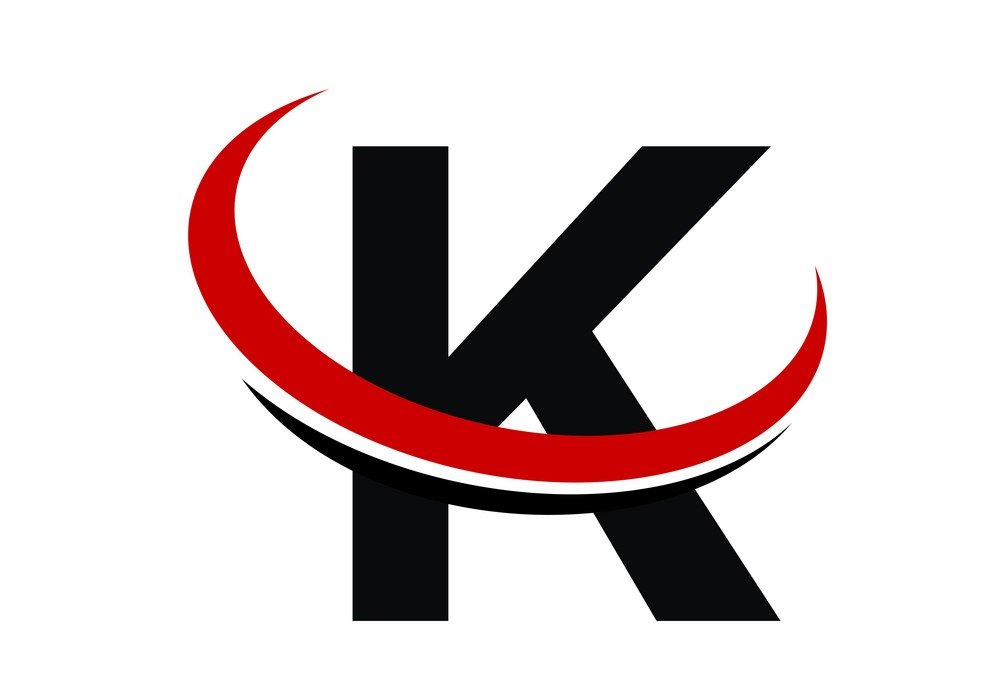DOI.org is a digital object identifier (DOI) system that provides a persistent, unique identifier for any type of digital object, from research articles and datasets to software and images. DOIs are used to create links that allow users to access the object directly, even if the original location changes. This ensures that digital content remains accessible and discoverable over time. https://DOI.org/10.1088/1742-6596/1966/1/012029.
What is a DOI?
A DOI is a string of characters that uniquely identifies a digital object. It is typically made up of a prefix, which is assigned to an organization, and a suffix, which is assigned to the specific object. For example, a DOI might look like this: 10.1038/nrg2354.
Benefits of Using DOIs
There are many benefits to using DOIs for digital content. These include:
- Improved accessibility: DOIs make it easy for users to find and access digital objects, even if the original location changes.
- Enhanced discoverability: DOIs can be indexed by search engines, making it easier for users to find relevant content.
- Increased citation rates: DOIs can help to increase citation rates for research articles and other scholarly works.
- Improved preservation: DOIs can help to ensure that digital content is preserved over time.
- Simplified management: DOIs can simplify the management of digital content collections.
How to Create a DOI
To create a DOI, you will need to register with a DOI registration agency. There are several agencies that offer DOI registration services, including Crossref, DataCite, and Handle Systems. Once you have registered, you can submit metadata about your digital object, including its title, author, and publication date. The agency will then assign a DOI to your object.
How to Use a DOI
To use a DOI, you simply need to include it in a link. For example, if you want to link to a research article with the DOI 10.1038/nrg2354, you would use the following link:
When a user clicks on this link, they will be taken directly to the article.
DOI and Open Access
DOIs are often used in conjunction with open access publishing. Open access publishing is a model that makes research articles freely available to anyone, regardless of their affiliation. DOIs can help to ensure that open access articles are easily discoverable and accessible.
DOI and Data Management
DOIs can also be used to identify and manage research data. By assigning DOIs to datasets, researchers can make their data more discoverable and accessible to other researchers. This can help to improve data sharing and reuse.
Conclusion
DOIs are a valuable tool for managing and sharing digital content. By providing a persistent, unique identifier for each object, DOIs can help to improve accessibility, discoverability, and preservation. If you are working with digital content, it is likely that you will need to use DOIs at some point.
FAQs
What is a DOI?
A DOI, or Digital Object Identifier, is a unique, persistent identifier assigned to a digital object, such as a research article, dataset, or software. It acts as a permanent link to the object, ensuring its accessibility even if the original location changes.
How does a DOI work?
A DOI consists of a prefix, assigned to an organization, and a suffix, specific to the individual object. When you click on a DOI link, it directs you to the registered location of the object.
What are the benefits of using DOIs?
- Improved accessibility: DOIs provide a stable link to content, making it easier to find and access.
- Enhanced discoverability: DOIs can be indexed by search engines, increasing the visibility of your work.
- Increased citation rates: Using DOIs in citations can improve the discoverability of your research.
- Simplified management: DOIs can streamline the management of digital content collections.
- Better preservation: DOIs can help ensure the long-term preservation of digital objects.
How do I create a DOI?
To create a DOI, you’ll need to register with a DOI registration agency, such as Crossref, DataCite, or Handle Systems. After registering, you’ll submit metadata about your digital object, and the agency will assign a DOI.
Can I use a DOI for any type of digital object?
Yes, DOIs can be used for a wide range of digital objects, including research articles, datasets, software, images, videos, and more.
Is there a cost associated with using DOIs?
The cost of using DOIs typically depends on the registration agency and the specific services you require. Some agencies offer free or low-cost options, while others may charge fees based on the number of DOIs created or other factors.
How can I find DOIs for existing digital objects?
Many digital repositories and databases include DOIs for their content. You can also use search engines or dedicated DOI search tools to find DOIs for specific objects.
What is the relationship between DOIs and open access?
DOIs are often used in conjunction with open access publishing. Open access means that research articles are freely available to anyone, regardless of their affiliation. DOIs can help ensure that open access articles are easily discoverable and accessible.
Can I change the content associated with a DOI?
Yes, you can update the content associated with a DOI. However, it’s important to consult with your DOI registration agency for specific guidelines and procedures.
Are DOIs permanent?
Yes, DOIs are intended to be permanent identifiers. However, if the content associated with a DOI is removed or becomes inaccessible, the DOI will still exist, but it won’t lead to the original content.

